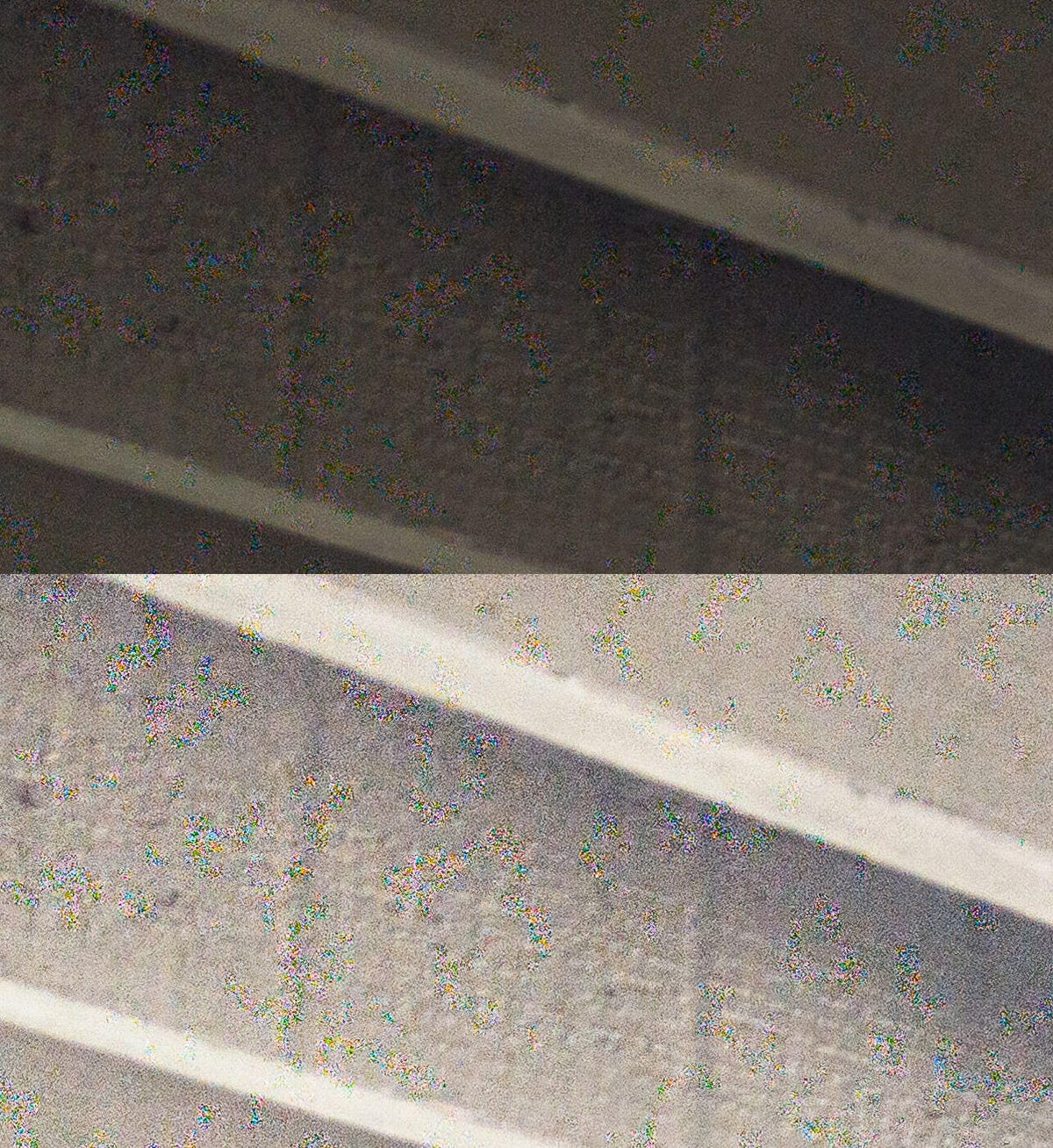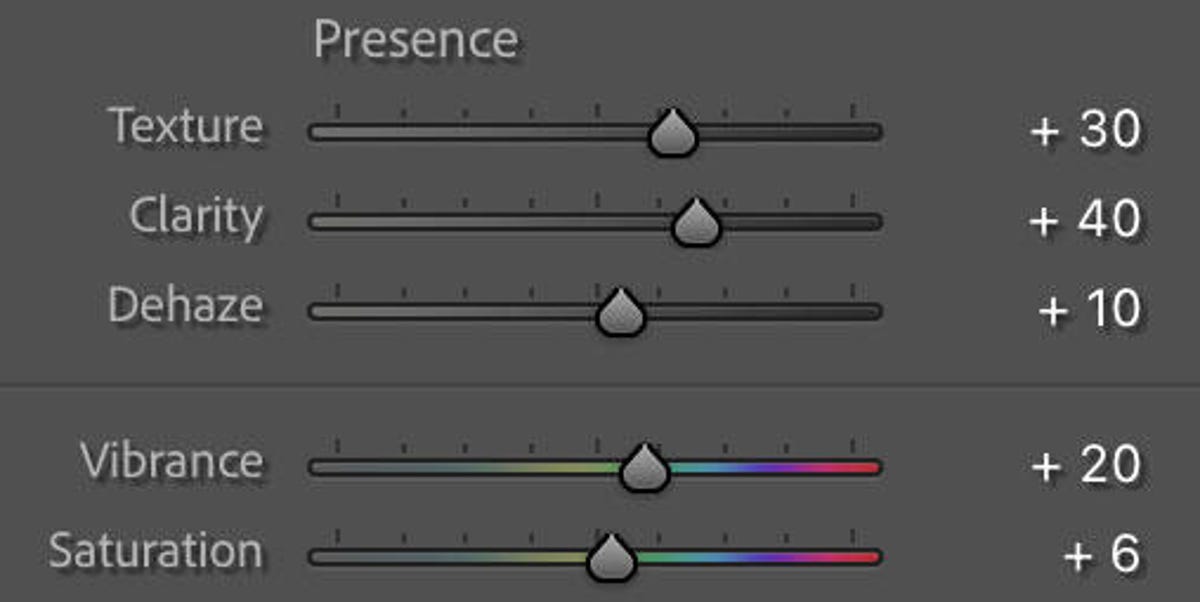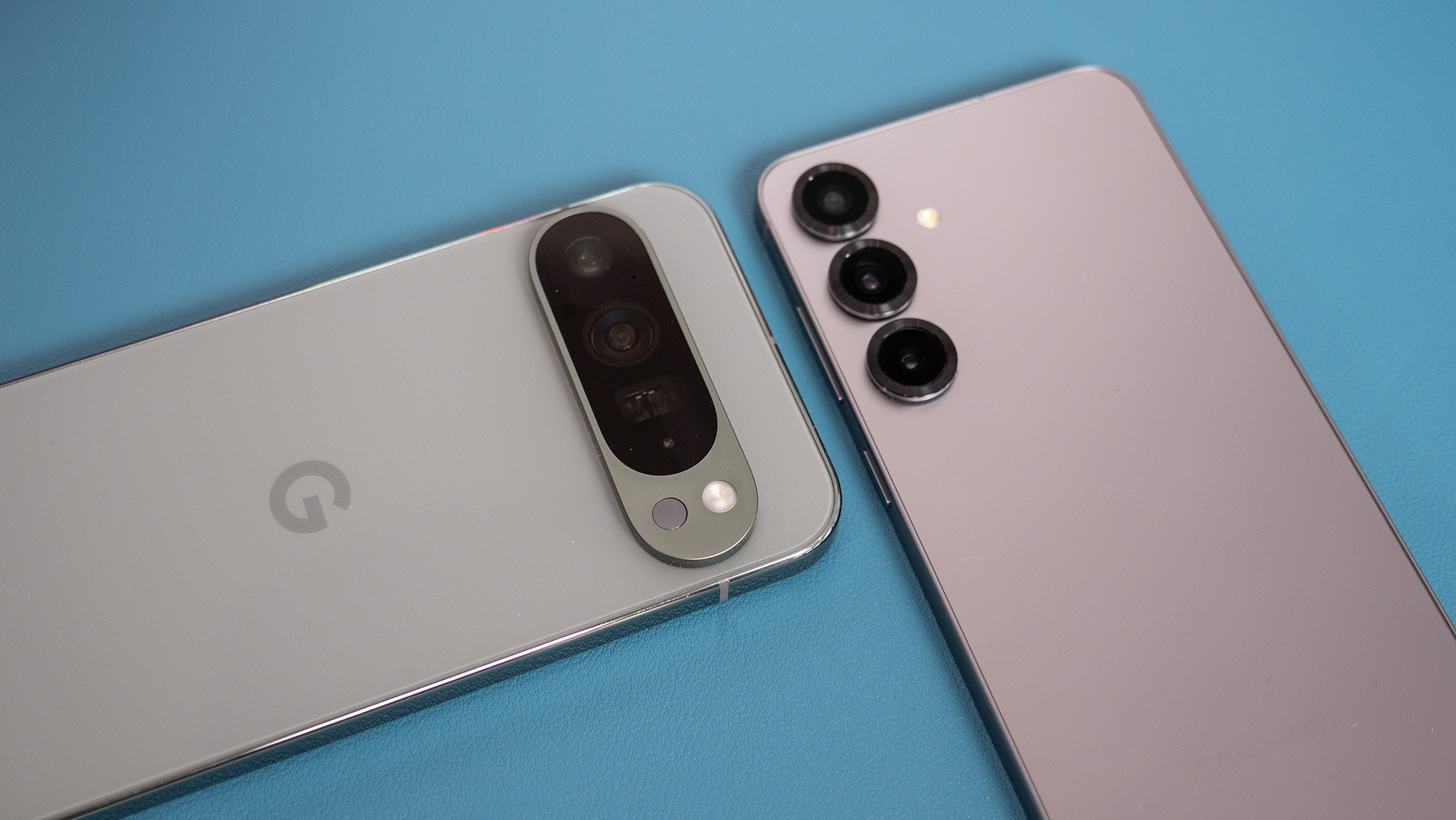As a photographer, I wanted to love the Pixel 8 Pro’s new high-end camera technology. But some issues started my relationship with Google’s flagship smartphone on the wrong foot.
Two software updates have already made big improvements. The phone’s camera hardware foundation is strong, too. But if you’re spending $1,000 or more on the Pixel 8 Pro, especially if you’re keen on its photographic abilities, I think you’ll benefit from what I’ve learned.
I spent hours pixel peeping at test photos, talking with Google camera designers and swapping files with my colleague Andrew Lanxon, who wrote our Pixel 8 Pro review and who, by the way, happens to be a pro photographer.
In short, I believe Google’s new phone is generally a step up, with better light-gathering ability than last year’s Pixel 7 Pro and often more detail than Apple offers in its iPhones. When the light is good, it’ll capture a lot of detail that’s great for landscape and architecture photos.
The trouble spots crop up with close inspection of shadowed areas and jumbled tree branches. And when shooting top-quality photos, the high-resolution sensors bring slow shooting performance. At least for now, you have to be judicious about how you use the phone if you want to go beyond 12-megapixel JPEGs.
Here’s my assessment of the trouble spots, advice on how to sidestep them and the likelihood that Google will patch them up.
Beware shadow noise
Google has done a remarkable job squeezing more image quality than I’d have thought possible out of tiny smartphone cameras. One of Google’s biggest computational photography skills has been coping with the bad dynamic range of smartphone image sensors: They struggle to capture both shadow detail and bright highlights.
With its HDR Plus technology, Google pioneered an approach that marries several underexposed frames into one final photo. That helps reveal what’s happening in the shadows while keeping bright skies from washing out into a white sheet.
But with the Pixel 8 Pro, I found shadow areas sometimes suffered from a unnatural, blotchy noise patterns when I was shooting high-contrast scenes with bright and dark areas. And in dim conditions, the phone sometimes erased textural detail altogether. Testing lab DXOMark also dinged the Pixel 8 Pro for wiping out details and textures at times, though overall rating the phones cameras very highly.
Shooting with Night Sight mode and in low-resolution modes can help, and the problem isn’t as likely to bother you as it would if you’re not zooming in, cropping or boosting exposure when you’re editing.

In high contrast photos, like this cropped shot, shadow areas can show unnatural splashes of noise pixels. The lower photo is overexposed to spotlight the problem; you won’t notice this problem much unless you brighten deeper shadows. A more even pattern of noise looks more natural and is more amenable to treatment with noise reduction software.
And some good news from my earlier tests: Google fixed a different problem that cropped up in high-contrast scenes, where the phone’s image processing could misjudge the placement of patches of pixels and obliterate details. For me, that was an issue that appeared with the phone’s new high-resolution sensors — 50 megapixels on the main wide-angle camera and 48 megapixels on the ultrawide and 5x telephoto cameras.
One hardware option that could help is a new feature in the main camera’s sensor called dual conversion gain, which Google touts under the label Dual Exposure. Google uses it to boost video dynamic range since it helps capture more shadow detail, and that could be done with photos too.
“We’re as excited as you are to see Dual Exposure and in more places in the future,” Pixel camera leader Isaac Reynolds said in an interview after phones were in reviewers’ hands.
Top-quality shots are slow on the Pixel 8 Pro
Like millions of other photo enthusiasts, I shoot raw, a photo format that generally offers higher quality and more editing flexibility. Smartphones store raw files in Adobe’s DNG format — in Google’s case actually a “computational raw” file that applies HDR Plus and other processing but still preserves raw photography’s flexibility.
Raw files are big, and if you enable raw shooting, it’ll pair each DNG with its corresponding JPEG. If you set your Pixel 8 Pro to shoot raw and at full resolution, not the lower 12-megapixel option, it’s slow. I find my iPhone 14 Pro shooting raw at 48 megapixels is much more responsive.
The Pixel 8 Pro set for full resolution and raw doesn’t take the 6 seconds needed for data-hungry Night Sight photos, but it’s slow enough that you’ll see a “hold still” message on the phone’s screen for a second or so. As with Night Sight, Google shows a dot in a circle to help you keep the phone pointed in the same direction as it gathers data.
You don’t have to hold your phone absolutely still, but don’t expect the camera to work well if you’re photographing your dog or child running around. Google advises not to use full resolution for subjects like sports.
Stepping down to 12 megapixels or shooting 50-megapixel shots only in JPEG makes the Pixel 8 Pro snappy enough to not be troublesome. But Pixel 8 Pro owners will want to decide whether it’s best to leave their phones set to prioritize image quality or speed. If you whip out your phone to take spur-of-the-moment snapshots of your kids, stick with 12 megapixels. If you like city skylines and wilderness landscapes, go with 50 megapixels.
I wouldn’t expect this sluggishness to improve. Maybe the Pixel 9 Pro will get a faster processor and uncork this bottleneck, though.
The good news is that Google’s new camera app makes it easier to switch resolution settings with one hand. Just don’t forget, as I already have once, that your camera might be in low-resolution mode when you want to take some high-resolution shots.
Dingy DNGs
When I first fired up the Pixel 8 Pro, I was distressed to discover that I couldn’t get any software, including Google Photo, to read the phone’s DNG files. Google fixed that with a camera software update a few days later, so now I can get the DNGs.
At least until Adobe calibrates its Lightroom software to handle Pixel 8 Pro photos, DNGs look bland and hazy, as on left. An editing routine has helped me make more realistic views like the one at right.
But they don’t look great at first glance in my preferred software for editing and cataloging photos, Adobe Lightroom. This is a common problem when new phones ship and Adobe hasn’t yet had a chance to profile the cameras, so I expect it’ll improve in coming weeks.
Meanwhile, here’s the rough process I use to turn the raw photos from their hazy, orange-tinged look. First, I apply Adobe’s auto settings to tweak the tones, which on this camera I find is an OK starting point, but usually then dial the whites setting back down to 0. Next, I crank up the texture, usually to +20 or +30, then crank up the clarity, usually to +30 or +40. Last, I boost the sharpness, typically to 70 but for the ultrawide camera sometimes all the way up to 100. Sometimes I desaturate the orange and yellow color channels too. As with all photo editing, season the recipe to your own taste.
If you just shoot JPEGs, this isn’t an issue. If you shoot raw, know that Google’s philosophy is to preserve as much data as possible in raw files and leave editing choices to us humans. So their heart is in the right place even though it means a bit of work right now.

Punching up the texture, clarity and sometimes dehaze settings in Adobe Lightroom can make the Pixel 8 Pro’s raw files look more natural.
Moderate your megapixels at night
With modern pixel binning technology, image sensors can often shoot at a high resolution when there’s enough light and then group 2×2 pixel quartets into one larger pixel that effectively gathers more light.
Apple automatically switches its newer iPhones to low resolution when it’s dark out, but Google leaves the choice up to you. I recommend switching the Pixel 8 Pro to 12-megapixel mode for nighttime shooting.
I expect a lot of image noise in the dark areas of nighttime scenes. In my test shots, the accumulated noise at 50 megapixels was high enough to obscure details that were still visible at 12 megapixels. When it’s merely dim, 50 megapixels is more defensible.
I found the Pixel 8 Pro suffered worse detail-swallowing shadow noise at 50 megapixels, as on the left, than at 12-megapixel resolution at right. These photos were shot at night with phone’s main camera.
“You will always get more detail by enabling 50 megapixels,” than with 12 megapixels, thanks to heavier processing that can kick in when it’s dark, Reynolds said in an interview ahead of the Pixel 8 Pro launch.
But I’ll be shooting at 12 megapixels when it’s dark. Even with Night Sight active, I found results better when the camera shot at a higher ISO and thus higher shutter speed, even though that means more noise. That indicates that camera shake might be harder to counteract with the finer pixels.
And to be clear, I do think the light-gathering ability of the Pixel 8 Pro is better than last year’s Pixel 7 Pro, especially with the ultrawide camera. Wider aperture lenses and bigger image sensors are helpful.
Rainbow shards of stained glass
I found another problem that crops up when taking photos of zigzagging branches, twigs or jumbled leaves with the sun or a bright sky behind. In some edges and corners of these geometrically jittery areas, the Pixel 8 Pro adds various colored patches. To my eye, it looks like somebody scattered stained glass in the trees.
The good news is that means it’s only obvious when you’re zooming in or cropping, though I notice it looking at photos full size on a laptop screen. It’s more apparent when shooting JPEGs with the main camera at 2X, which upscales the imagery and the artifact.
The Pixel 8 Pro’s sensors can invent colorful flecks in high-contrast areas where there are details with fine structure that’s at the scale of individual pixels on the image sensor. This problem, shown here at full magnification, is less visible as you zoom out.
The issue is caused by Google’s attempt to keep the image as sharp as possible, the company said. It’s a matter of aliasing, a phenomenon that complicates details whose structure is on the same very fine scale as the image sensor’s individual pixels.
“Our goal is to maximize detail by allowing aliasing, even as we work through this artifact in the software pipeline,” Google said, indicating image processing improvements should address this issue too. “We are very confident the rainbow artifact is the result of aliasing, which is caused when the lens resolves significantly more detail than the pixel.”
The good news is that the rainbow colors aren’t a huge problem unless you’re zooming in or cropping your photos. And you can moderate it by fiddling with Lightroom’s chromatic aberration controls.
Overall, the Pixel 8 Pro introduces some welcome hardware upgrades that photo enthusiasts should enjoy. Google has fixed some early glitches, and I hope it can improve some more with software updates. That’ll help keep photo enthusiasts like me more excited about Google’s phones.
link







